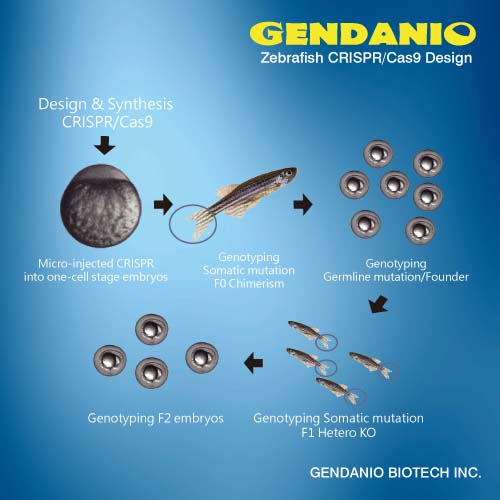ScienceDaily (May 28, 2009) — In a new study published in Disease Models & Mechanisms, scientists use the zebrafish to gain insight into the influence of known cancer genes on the development and progression of melanoma, an aggressive form of human skin cancer with limited treatment options.
Inside the cell, signals are delivered that direct the cell on whether to divide, migrate or even die. Cancer often results when the molecules that relay these signals become mutated so that they do not function normally. In cancer, cells divide, grow and migrate when they should not, therefore resulting in an aggressive disease that can spread throughout the body. A key molecule in this signaling pathway is RAS, and mutations in it are known to lead to cancer. In some cases, the type of RAS mutation is a predictor of a patient's response to treatment and their overall prognosis.
Therefore, scientists at the University of Manchester in England and the University Hospital Zürich in Switzerland generated several zebrafish with changes in RAS or other RAS-regulated proteins to create a useful model that can be used to study and understand human melanoma. Zebrafish are a useful tool to understand human disease because they are small, transparent, and easy to propagate and maintain. Tumors created from the pigmented cells of zebrafish, known as melanocytes, are easy to see against their thin, light colored bodies.
The research team notes that these fish may be a useful experimental tool for human disease. Many of the changes they made caused melanoma in the zebrafish, indicating that zebrafish respond similarly to changes in these signals as do humans. Zebrafish that were born from the original mutant fish displayed abnormal growth of their melanocytes, reminiscent of familial atypical mole and melanoma syndrome (FAMM) seen in humans. By producing other signaling molecules in the mutant fish, the researchers were able to identify a pathway that reduced the effects of RAS mutations on melanoma progression in zebrafish.
The report titled "Dissecting the roles of Raf- and PI3K-signalling pathways in melanoma formation and progression in a zebrafish model" was written by Christina Michailidou, Mary Jones, Paul Walker, Amanda Kelly, and Adam Hurlstone at the University of Manchester and Jivko Kamarashev at University Hospital Zürich. The study is published in the July/August issue of the new research journal, Disease Models & Mechanisms (DMM), published by The Company of Biologists, a non-profit based in Cambridge, UK.
Source: ScienceDaily
























